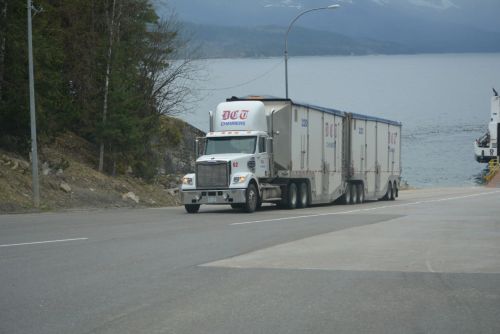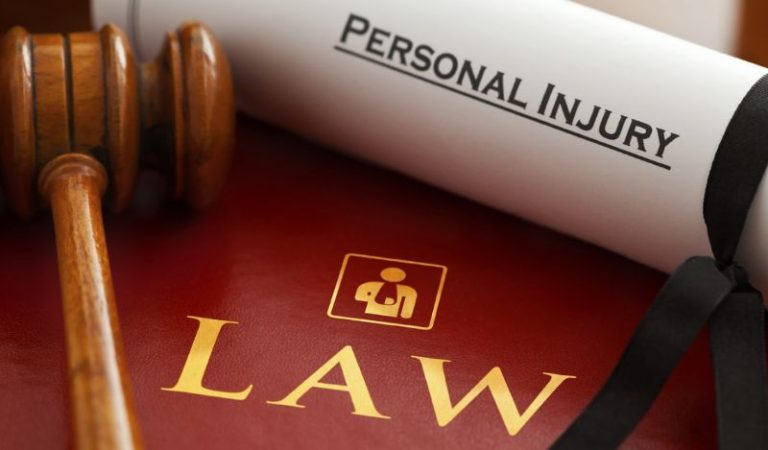

Sideswipe accidents involving semi-trucks are among the most dangerous types of collisions on the road. Due to their sheer size and weight, semi-trucks pose a significant threat to smaller vehicles when a sideswipe occurs. These accidents happen when a truck and another vehicle travel parallel to each other, and the truck drifts into the other lane, scraping or pushing the smaller vehicle. While some sideswipe incidents result in minor cosmetic damage, many lead to severe injuries, loss of vehicle control, or even fatal crashes.
Understanding the risks associated with sideswipe accidents, their common causes, and how to prevent them is essential for all road users. Drivers of both passenger vehicles and commercial trucks must exercise caution to minimize the chances of these dangerous incidents.
Why Sideswipe Accidents with Semi-Trucks Are So Dangerous
Unlike rear-end or head-on collisions, sideswipe accidents may not seem as severe at first glance. However, when a semi-truck makes contact with a smaller vehicle, the impact can cause the smaller car to be pushed off the road, into another lane of traffic, or even under the truck’s trailer. This is particularly hazardous when traveling at high speeds on highways or in heavy traffic.
The immense weight of semi-trucks—often exceeding 80,000 pounds when fully loaded—magnifies the force of impact. A passenger vehicle, which typically weighs between 3,000 and 5,000 pounds, has little protection against the overwhelming momentum of a large truck. This difference in size and weight makes it difficult for a smaller car to recover from the impact, often leading to spinouts, rollovers, or multi-vehicle pileups.
Common Causes of Sideswipe Accidents Involving Semi-Trucks
Several factors contribute to sideswipe accidents with semi-trucks, many of which stem from driver error or lack of awareness. One of the most common causes is improper lane changes. Semi-trucks have large blind spots on both sides, particularly on the right side and behind the cab. If a truck driver fails to check these blind spots before merging or changing lanes, they may collide with a vehicle that was previously unseen.
Fatigue also plays a major role in truck-related sideswipe accidents. Long hours on the road can cause truck drivers to become drowsy, reducing their reaction time and making them more likely to drift into adjacent lanes. In some cases, distracted driving—such as checking a phone, adjusting the radio, or eating while behind the wheel—contributes to these accidents.
Mechanical failures, including issues with steering, brakes, or tires, can also lead to sideswipe incidents. If a truck experiences a sudden mechanical malfunction, the driver may lose control and veer into another lane without warning. Poor weather conditions, such as heavy rain, snow, or ice, further increase the risk by reducing visibility and traction.
Injuries and Consequences Resulting from Sideswipe Accidents
The injuries sustained in a sideswipe truck accident can range from minor to life-threatening. Many victims suffer from whiplash, concussions, or broken bones due to the sudden jolt of impact. More severe accidents can result in spinal cord injuries, traumatic brain injuries, or internal organ damage.
In the worst cases, sideswipe accidents cause rollovers or force vehicles into oncoming traffic, leading to head-on collisions. The financial consequences of these accidents can also be devastating. Medical bills, vehicle repairs, lost wages, and ongoing rehabilitation costs place a significant burden on victims and their families.
Beyond physical and financial losses, many survivors experience emotional trauma after a sideswipe accident. The psychological impact of such a traumatic event can lead to anxiety, depression, or post-traumatic stress disorder (PTSD).
Legal and Insurance Challenges After a Sideswipe Truck Collision
Determining fault in a sideswipe accident involving a semi-truck can be complex. While truck drivers are often held responsible, proving negligence requires strong evidence, including witness statements, traffic camera footage, and black box data from the truck. Some trucking companies may attempt to deny liability, making it crucial for victims to seek legal assistance.
Insurance companies also play a significant role in these cases. Victims who have been involved in a sideswipe truck collision should document the accident scene, obtain medical evaluations, and consult an attorney to protect their rights. Trucking companies typically have commercial insurance policies with high coverage limits, but insurers may try to minimize payouts by disputing claims.

Sideswipe accidents involving semi-trucks pose serious dangers to drivers, often resulting in severe injuries and costly damages. The combination of large vehicle blind spots, driver fatigue, and unpredictable road conditions makes these accidents more common than they should be.
Understanding the risks and causes of sideswipe accidents can help both truck drivers and passenger vehicle operators take proactive steps to prevent them. Legal and insurance complexities further emphasize the importance of gathering evidence and seeking professional legal assistance if involved in such a collision.
By prioritizing safety, maintaining awareness, and improving road infrastructure, drivers and policymakers alike can work toward reducing the number of sideswipe accidents involving semi-trucks. Taking the right precautions ensures that highways remain safer for everyone, preventing unnecessary accidents and saving lives.


